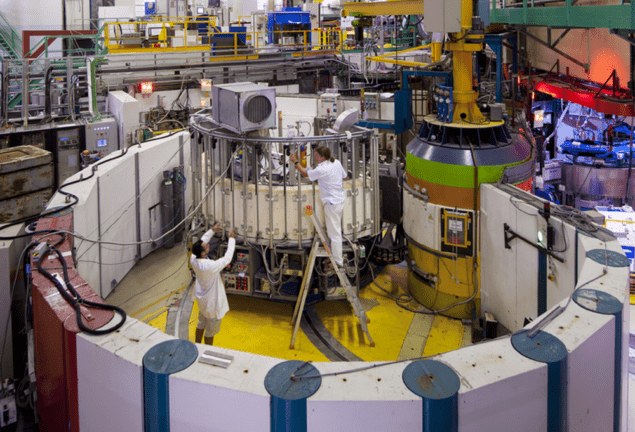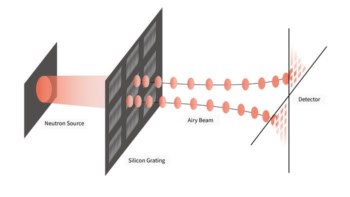
Europe’s neutron facilities are leading the world in terms of the number and quality of publications – but their pre-eminence could be threatened in the coming decade as new facilities in Asia ramp up. That is the conclusion of a new analysis carried out by researchers at Forschungzentrum Jülich (FZJ) in Germany and published on arXiv.
They found that in the 10-year period from 2005 to 2015, some 42,689 papers were published by researchers based on experiments carried out at neutron labs worldwide, with Europe accounting for more than half (52%) of all papers in the field. Labs in Asia/Oceania were second with 16,220 (20% of the total), followed by North America at 15,347 papers (19%). Within Europe, the strongest countries were France with 8091 neutron-science publications followed by Germany (8041) and the UK (5510).
The closure of smaller neutron centres in Europe will result in a drop in output that opens the way for Asia
Thomas Gutberlet
France’s strength in neutron scattering is helped by the success of the Institute Laue-Langevin (ILL) in Grenoble. During 2005–2015, more than 4000 papers had an author who was affiliated at the centre. The next most productive lab was the Materials and Life Science Experimental Facility (MLF) at the J-PARC facility in Tsukuba, Japan with more than 2000 papers, followed by the Spallation Neutron Source (SNS) at the Oak Ridge National Laboratory, US, with just under 2000. Both the MLF and SNS were, however, closed or not in full operation for part of the 10-year survey period.
Quantity and quality
The survey, which used data from Thomson Reuters’ Web of Science, also showed that the quality of the publications in neutron science is increasing. In 2005, some 14% of papers produced at the ILL, for example, were published in journals that had an impact factor, which is a sign of journal quality, of greater than five. By 2015 the proportion in such higher-quality journals, had risen to 21%. The 2016 Physics World Focus on Neutron Science is out now
Thomas Gutberlet from the FZJ, who led the study, fears that Europe’s dominance in neutron scattering could end despite the European Spallation Source coming online in the coming five years. “The closure of smaller neutron centres in Europe will result in a drop in output,” he says. “That opens the way for Asia especially as new facilities in China and Japan increase productivity.”
Gutberlet adds that their analysis supports the conclusion of a 2016 report carried out by the European Strategy Forum on Research Infrastructures. It called on Europe to replace its ageing neutron sources to maintain its “competitive edge” in the field.



